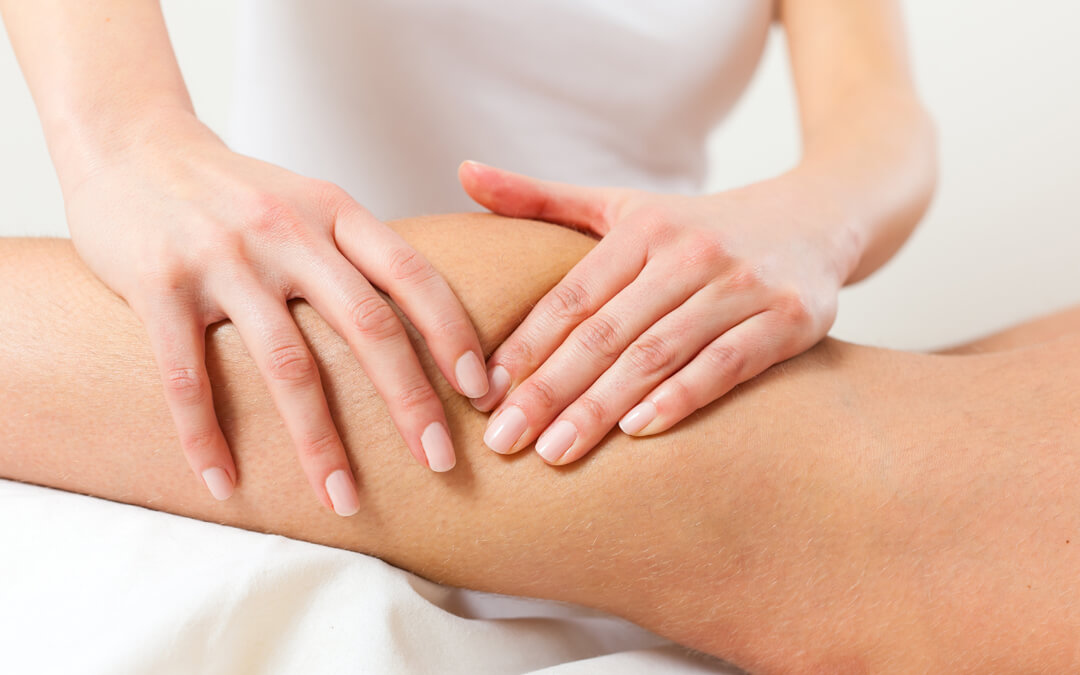Lipedema is a chronic inflammatory disease of complex causes, of which we understand little about. Lipedema occurs almost exclusively in females and is characterized by symmetrical flabby swelling of the legs. There is an abnormal accumulation of fatty deposits starting in the hip region and ending at the ankles. The arms and abdomen can also be affected. Lipedema treatment is still fairly misunderstood, and health professionals and physicians may dismiss the patient and tell them to lose weight.
They are “blamed” for being overweight, told they eat too much or are “cheating” on their prescribed diets. There is a lack of sympathy and understanding and this can cause anxiety, frustration and a feeling of helplessness.
Struggling with swelling, fatigue, or post-surgery recovery?
Book your personalized lymphatic drainage session today and experience natural, therapeutic healing that restores balance and promotes long-term wellness.
This condition is a genetic abnormality and the obesity is not the patient’s fault.
The treatment for the Lipedema patient is complex. Individuals with a diagnosis of lipedema need to have both physical and psychological support, to help them overcome the mental anguish which accompanies the condition. Clinicians should also provide nutritional guidance to decongest and to avoid additional weight gain.
Why do I swell ?
A condition that interferes with the flow of lymph will result in edema.
Excess fatty tissue will impact upon the lymphatics and disturb the flow
Fat cells can contain toxic material such as dioxins, mercury, and other heavy metals which contribute to the inflammation
Inactivity further exacerbates the condition – reduced pumping on calf and increasing swelling.
Lymph fluid is absorbed from the initial lymphatic vessels in the tissue, enters the lymphatic system and is pumped upwards.
Constriction of the lymphatic vessels by an increased fat deposit restricts absorption
The return flow of the lymphatic vessels is blocked
Integrative Treatment for Lipedema
Manual lymph drainage (MLD) A form of massage that uses gentle, rhythmic pumping movements to stimulate the flow of lymph around blocked areas to healthy vessels, where it can drain into the venous system. This helps relieve pain and prevent fibrosis.
Compression– The use of stretch bandages or custom-fitted panty hose, panties, and/or spandex shorts to increase tissue pressure in the edematous legs, to decrease the re-accumulation of fluid and effect a significant reduction in adipose tissue
Exercise- Helps reduce fluid buildup, increase mobility, and maintain or improve function. Rebounding, whole body vibration, walking, yoga and swimming should be included.
Deep Breathing helps to move lymph, by stimulating the vessels in the abdomen
Anti-inflammatory Diet – concentrate on nuts and seeds and foods high in omega 3 fatty acids.
The foods you eat play an important role in how you feel. Junk, processed and fast foods contain too much sugar, salt and white flour which, can aggravate inflammation.
Avoid red meat, as it contains arachidonic acid, which in excess will make your inflammation worse.
Follow a Mediterranean diet as an anti-inflammatory dietary pattern. This diet consists of fruits and vegetables, nuts, olive oil, beans, legumes and fish, is moderate in alcohol and eliminates processed meat, refined carbohydrates and whole-fat dairy products.
Fish oils generally decrease several markers of inflammation. Omega 3 fatty acids are found in high levels in fatty fish, such as mackerel, lake trout, herring, sardines, albacore tuna, wild salmon and halibut. Dietary sources of the omega 3 fatty acid alpha-linolenic acid include flaxseeds, chia seeds, walnuts, pecans, pumpkin seeds, hemp seeds, soybeans and some dark green leafy vegetables. Omega 3 fatty acids reduce the risk of obesity
Medium chain fatty acids
Incorporating medium fatty acids (MCT) in the diet can help patients with lipedema. They are easily absorbed and unlike other fats, which are stored in the adipose tissue, MCT’s put little strain on the digestive system, provide a feeling of satiety and give a quick source of energy. Animal and human studies have shown that the fast rate of oxidation of MCFA leads to greater energy expenditure (EE), resulting in less body weight gain and decreased size of fat depots after several months of consumption. Pure virgin cold, pressed coconut oil and Caprylic acid are medium fatty acids
Conclusion
Patients should continue on this multifaceted program to prevent the condition from getting worse, as the disease can progress to lipedema if left completely untreated. It is important to seek out a qualified and caring therapist to support and encourage.



